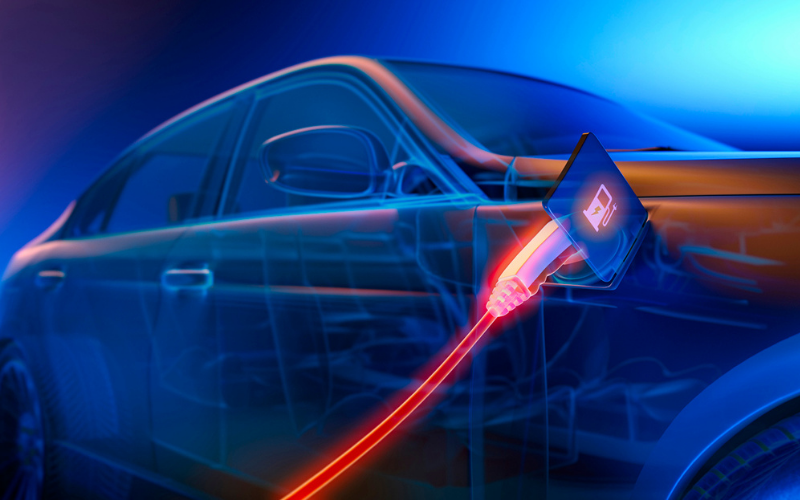What's Draining Your Range?

The UK is certainly ready for the electric revolution! Did you know, there are some hacks that EV drivers can do to ensure they are saving money and not panicking about their range - at the same time?
Want to know how to better optimise your electric driving experience? Read our helpful infographic, below.

Where your electric car is losing energy:
1. Charging the battery
It sounds counterintuitive, but when you charge an electric vehicle, you simultaneously lose energy (approximately 10% of vehicle energy is lost this way). This is because the alternating current (AC) from the electrical grid loses energy as it converts to the direct current (DC) alternative to be used in the car battery.
How to mitigate the losses:
- Try to find a rapid charge point when out and about.
- Try to charge your battery overnight at home. Electricity rates are usually the lowest at this time.
- Look for EVs that have fast-charging batteries. DC fast chargers, for instance, deliver up to 350kW of charge, but that’s the top end. Anything from 50kW and up is standard.
2. Heatwaves and cold snaps
Extreme temperatures (whether very hot or very cold) can affect the chemical reactions inside the battery (just like they can with a phone charger, for instance).
How to mitigate the losses:
- Naturally, you can’t control the weather, but you could save energy by being selective with where you park. Places like a garage or a multi-storey car park have a more stable ambient temperature than road parking, for instance, which helps to prevent energy loss.
3. Parking
- No, you aren’t driving your car, but your EV could be losing energy by simply... sitting there. It sounds upside-down - and it is a bit – but lithium-ion batteries (the battery pack used in most modern EVs) lose energy when they are charged 100% and parked up. Leaving 100% charged batteries for long stretches of time could even cause long-term battery damage.
How to mitigate the losses:
- Aim to have your EV charged at around 50-80% when parked, to lessen energy loss.
- If your vehicle has a ‘deep sleep’ or ‘power save’ mode, turn them on for any long-term parking to preserve energy.
4. Fast speeds and rapid acceleration
EVs have a higher energy consumption at speed than conventional vehicles. That’s because air resistance (drag) increases more as your speedometer cranks up in an EV, whereas conventional models are often offset by higher gears offering better fuel efficiency.
How to mitigate the losses:
- Speeds of 40mph and under are generally recommended to save on energy losses in an EV.
5. Cabin heating and cooling
Heating (including heated seats) and air conditioning can really ramp up the energy withdrawals in an EV. In fact, around 10% of the energy drawn from the battery (and up to 25% in extremely cold temperatures) can come from these ‘ancillary’ features. This is different from a conventional vehicle, where waste heat is used from the engine to heat the cabin
How to mitigate the losses:
- It is more energy efficient to open the windows on a warm day in an EV when travelling below 45mph than it is to use an air conditioning unit. You should also close windows when travelling above 45mph for optimal air resistance.
- As for heating, look into pre-heat features of your EV that can be linked up to the mains, as this will save energy in the long run.
6. Old or flat tyres
The same rule applies to conventional vehicles, but old, worn, flat tyres encourage higher rolling resistance. Rolling resistance is the energy your tyres need to maintain movement; the higher the rolling resistance, the higher the energy expenditure.
How to mitigate the losses:
- Keep your tyres inflated as per your manufacturer’s guidelines and ensure you have the right tyres for the season (winter tyres during a cold snap, for instance).
- If your tyre's tread looks worn or the exterior is flat or deformed, you will need new tyres to reduce rolling resistance (a 5-7% reduction in rolling resistance can increase fuel efficiency by 1%), as well as for your general safety.
Browse top deals on new electric vehicles from Macklin Motors today!
Sources for infographic:
https://www.fueleconomy.gov/feg/atv-ev.shtml
https://energysavingtrust.org.uk/advice/charging-electric-vehicles/